Silver-striped Hawk-Moth, Vine Hawk-Moth Hippotion celerio
Family: Sphingidae. Subfamily: Macroglossinae.

© Richprins
Nelspruit
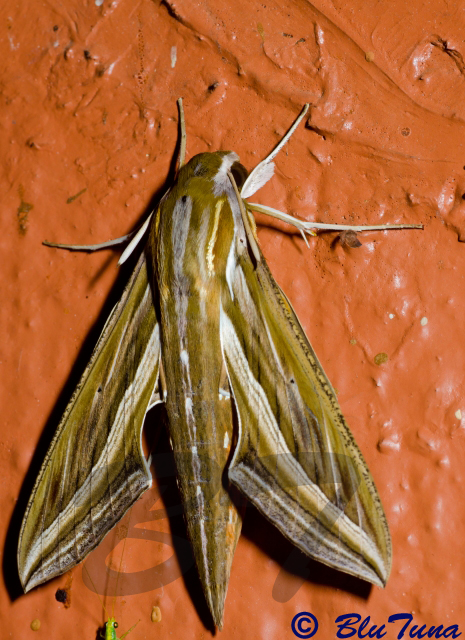
© BluTuna
Garden in Johannesburg
Description
Large moth with powerful streamlined wings. The body and forewing of the adult moth are green and ochre. They have silvery white dots and streaks, with a silvery band running obliquely on the forewing. The hindwing is red near its lower angle (tornus) to pinkish over other parts of the wing. It is crossed by a black bar and black veins.
The forewing is typically 28–35 millimetres (1.1–1.4 in) long.
Larva
Larvae may be green, yellowish green or even brown. They have a dark broken mid-dorsal line and a creamy dorso-lateral line from the fifth segment to the horn. The head is round, and usually a dull green colour. The larva has a horn which is usually long and straight. There is a large yellow and green eyespot on the third segment and a smaller one on the fourth segment.
Larvae typically feed on the leaves of plants such as the grape vine, Cissus, Impatiens and the Arum lily.
Distribution
Hippotion celerio is found in Africa (Algeria, Angola, Burkina Fasso, Cameroon, Central African Republic, DRCongo, Egypt, Eritrea, Ethiopia, Gabon, Gambia, Kenya, La Reunion, Madagascar, Malawi, Morocco, Namibia, Nigeria, Rwanda, Sierra Leone, Somalia, South Africa, Sudan, Tanzania, Tunis, Uganda, Zambia, Zimbabwe) Southern Europe, Central and Southern Asia and Australia. It can be found further north, because of its migratory nature.
Links:
Wikipedia;
African Moths

© BluTuna
Garden in Johannesburg
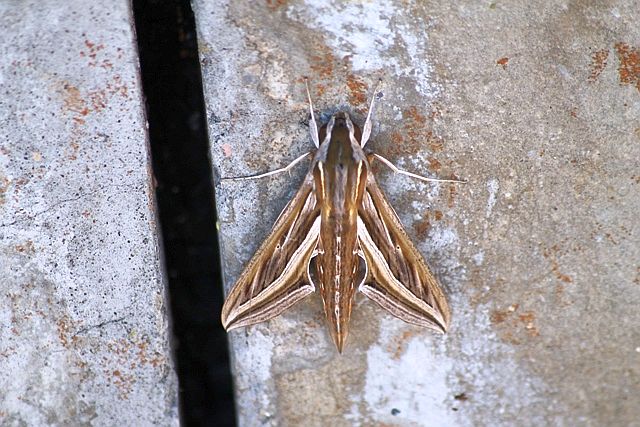
© pooky
Lake Kariba
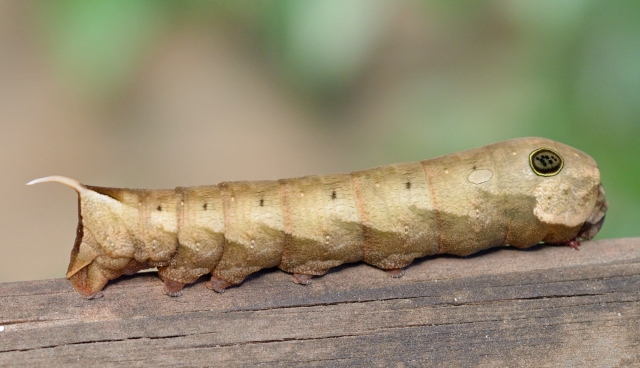
© BluTuna
Caterpillar
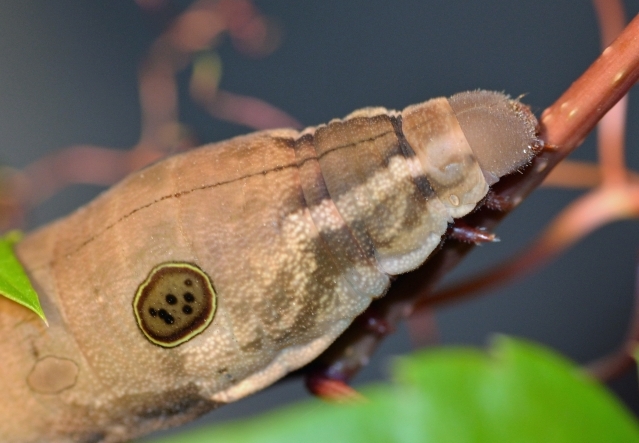
© BluTuna
Garden in Johannesburg
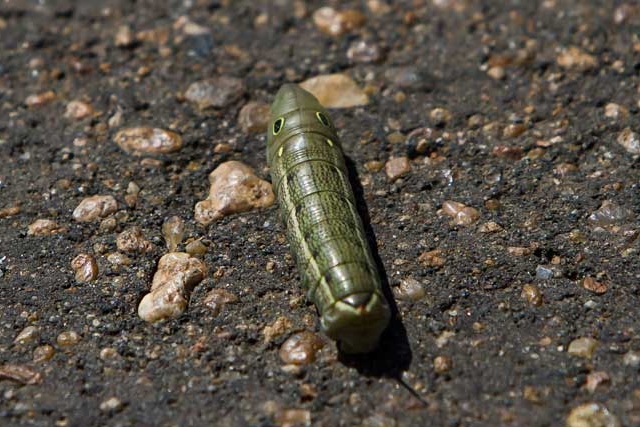
© Pumbaa
Kruger National Park, near Engelhard dam
https://www.inaturalist.org/projects/sp ... rnal/26881
Hunting cannot be considered a sport as all contestants in a sport should know they are playing the game!
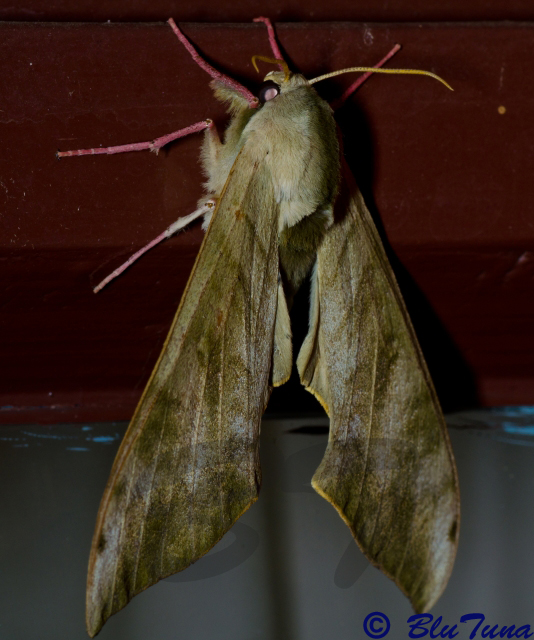 © BluTuna
© BluTuna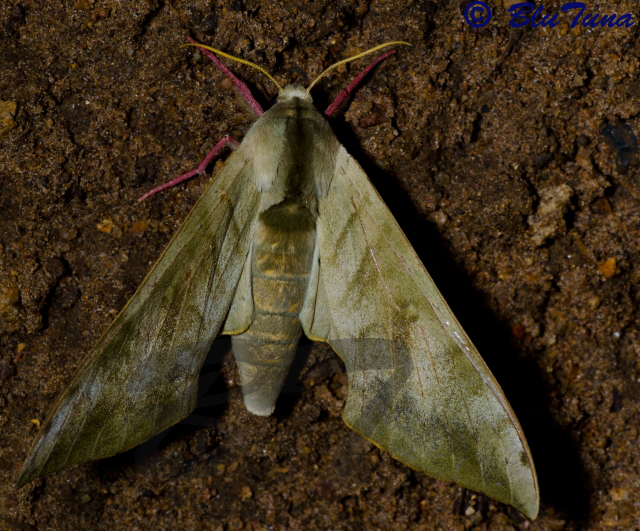 © BluTuna
© BluTuna


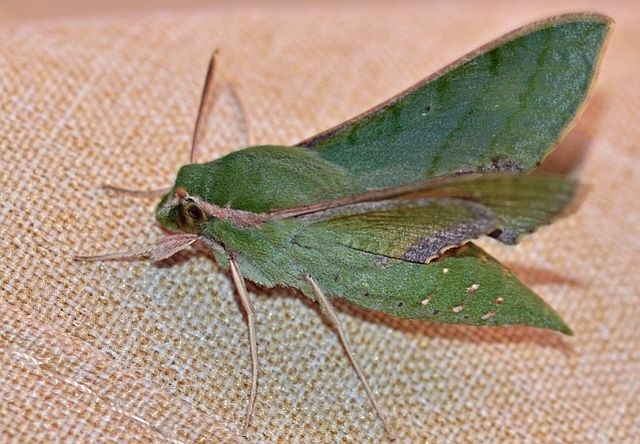 © BluTuna
© BluTuna © BluTuna
© BluTuna © leachy
© leachy © PRWIN
© PRWIN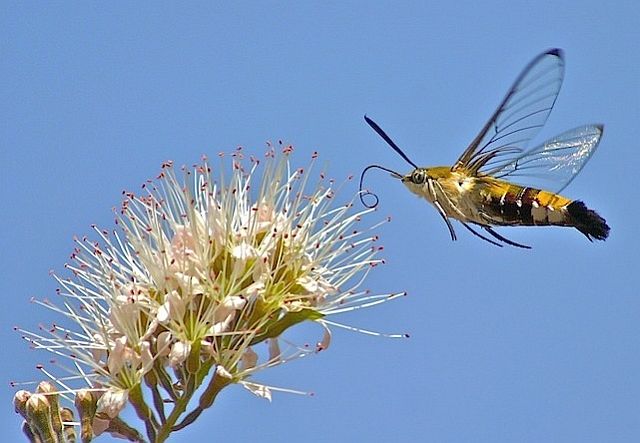 © ExFmem
© ExFmem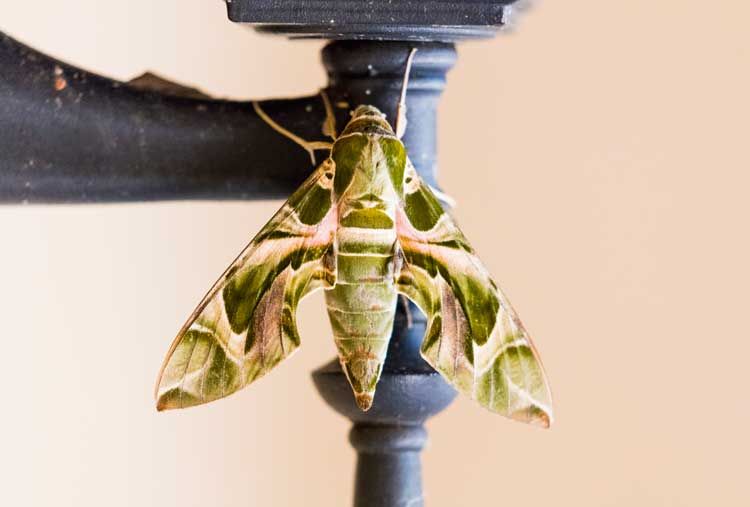 © Pumbaa
© Pumbaa © pooky
© pooky © BluTuna
© BluTuna © BluTuna
© BluTuna © pooky
© pooky © BluTuna
© BluTuna © BluTuna
© BluTuna © Pumbaa
© Pumbaa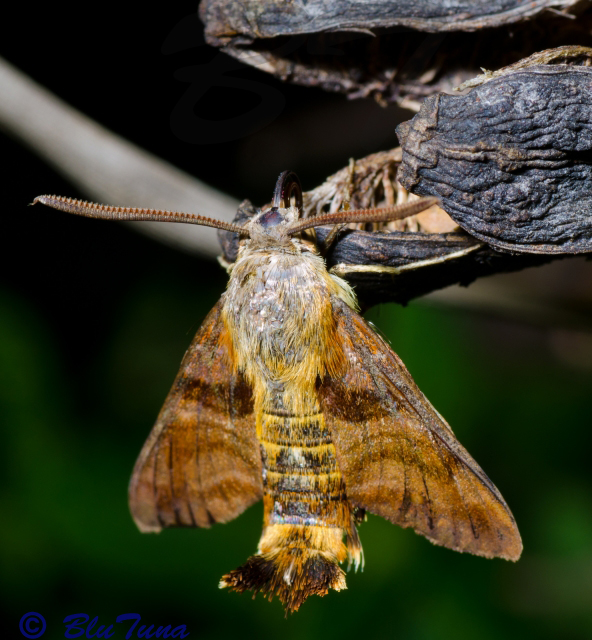 © BluTuna
© BluTuna © BluTuna
© BluTuna © BluTuna
© BluTuna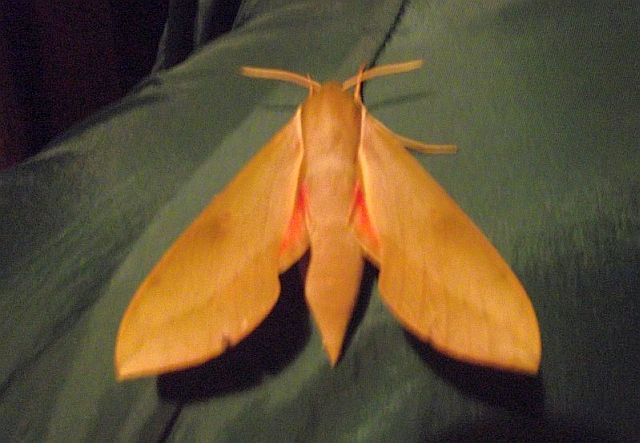 © mposthumus
© mposthumus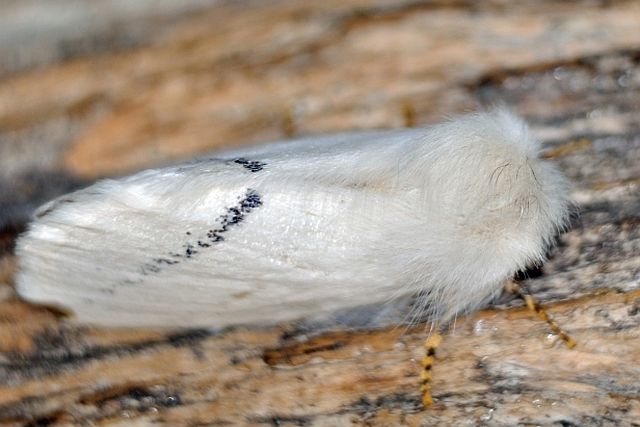 © BluTuna
© BluTuna